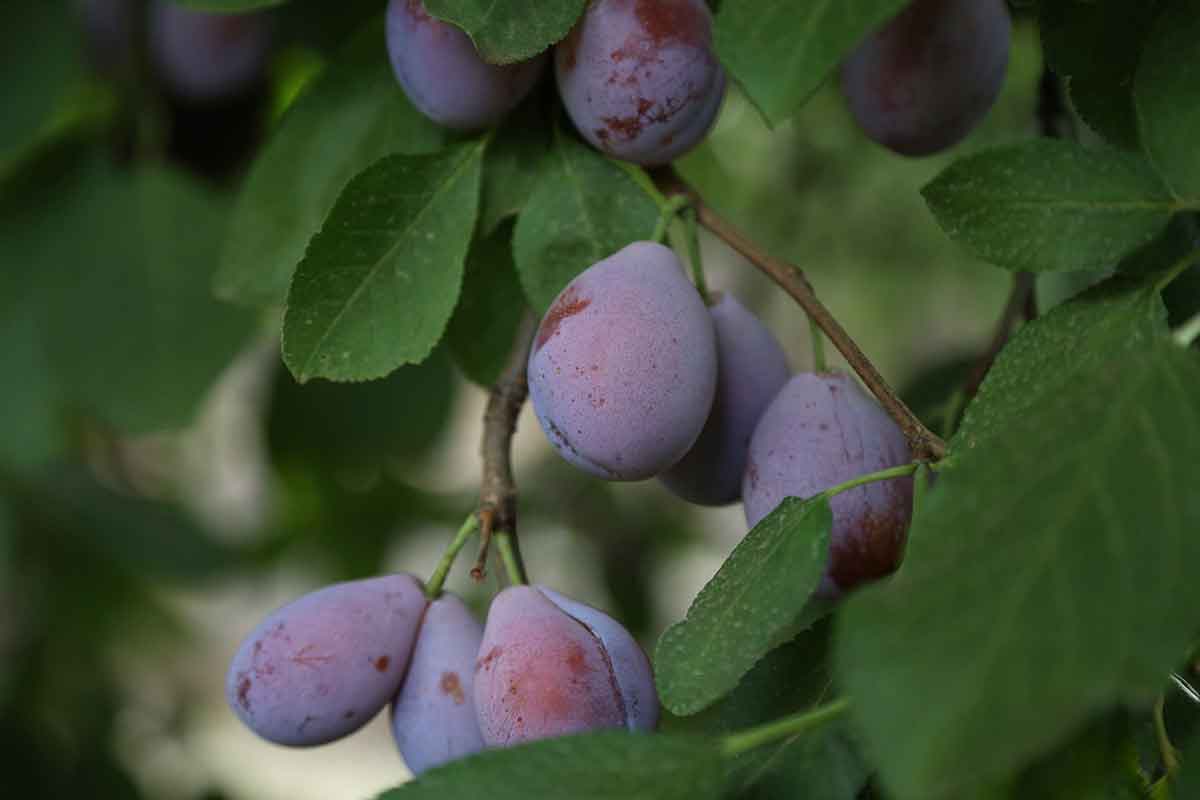Let’s face it: prunes have a bad reputation. They may be tasty, nutritious and incredibly versatile, but before more of us embrace the humble prune as a kitchen cupboard staple, it has to overcome two main image problems.
“I don’t know how this came about but prunes have become known as ‘nanna food’ – the fruit that ‘grandma’ used to feed you,” explains prune farmer Ann Furner, who is also industry development officer for the Australian Prune Industry. “So most of Australia’s prunes are mostly only being consumed by two main demographic groups: babies, purchased for them by their parents, and older people.”
The second, more obvious reputation fail is the widespread belief that consuming prunes give you the trots.
“One of the comments we hear [when promoting prunes at food and wine shows] is ‘are you giving out toilet paper?’"
Furner, who is based near Griffith (NSW), says it’s a real shame that Australians often overlook the flavour potential and health benefits of the exotic D'Agen French prune plum – the most commonly grown variety here in Australia. “Unfortunately prunes do have a bad reputation but we are trying to change that,” she says. “We’ll reply to those [negative comments] by saying ‘yes we understand that prunes are high in fibre. But did you know they are good for bones, high in iron, antioxidants?’”
“Unfortunately prunes do have a bad reputation but we are trying to change that,” she says. “We’ll reply to those [negative comments] by saying ‘yes we understand that prunes are high in fibre. But did you know they are good for bones, high in iron, antioxidants?’”

D'Agen prune plums in a Griffith orchard. (Picture: Australian Prune Industry Association) Source: Australian Prune Industry Association
Furner is right. A spokesperson for the Dietitians Association and Accredited Practising Dietitian, Joel Feren, says the evidence confirms that prunes are a great source of many nutrients.
One of the comments we hear [when promoting prunes at food and wine shows] is ‘are you giving out toilet paper?'
“Prunes are a wonderful source of vitamin A, vitamin C and potassium,” says Feren. “They are also low in sodium. The fact that they are also a good source of soluble fibre means that prunes can help to normalise blood sugar levels, lower your cholesterol, and reduce your risk factors of cardiovascular disease and bowel cancer.”
So does this health food product deserve its association with diarrhoea?
“If we eat too many prunes, they will most likely give us the runs,” says Feren, stressing that quantity is key, as prunes are not meant to be eaten in bulk.
Feren says prune lovers are advised to eat around 30 grams, or three to four prunes, a day. That is equal to one serve of fruit – adults are encouraged to have two daily serves of fruit. He adds that your second serve of fruit per day should be made up of other fruit varieties.
However, even when prunes are eaten in moderation, some people – including many with Irritable Bowel Syndrome - could be more sensitive than others.
“Prunes contains two active ingredients – sorbitol and chlorogenic acid. Both of these compounds have been shown to stimulate intestinal movement, ” Feren says. Sorbitol, a sugar alcohol, belongs to the polyol FODMAP group. “It’s a short-chain carbohydrate that can be malabsorbed in some people and that could cause undesirable symptoms like irregular bowel movements, cramping and bloating.”
Feren says the effect of sorbitol on your body will vary person-to-person. But, he explains, people who experience diarrhoea when eating prunes might be reacting to the sorbitol. He recommends that people with a sorbitol sensitivity therefore only eat a small amount of prunes to “test the waters first”.
“Eat one or two prunes a day and then, if that has an impact, curb your intake. Or, [if there are no effects], slowly increase the quantity to three, four or five.”
“There’s no one food that is going to give us all the nutrients we need. Having a healthy diet is all about having a range of foods to achieve a good balance.
“Prunes work well in sweet as well as savoury dishes; for example, they are a great accompaniment to lamb and can be used in Moroccan tagines."




